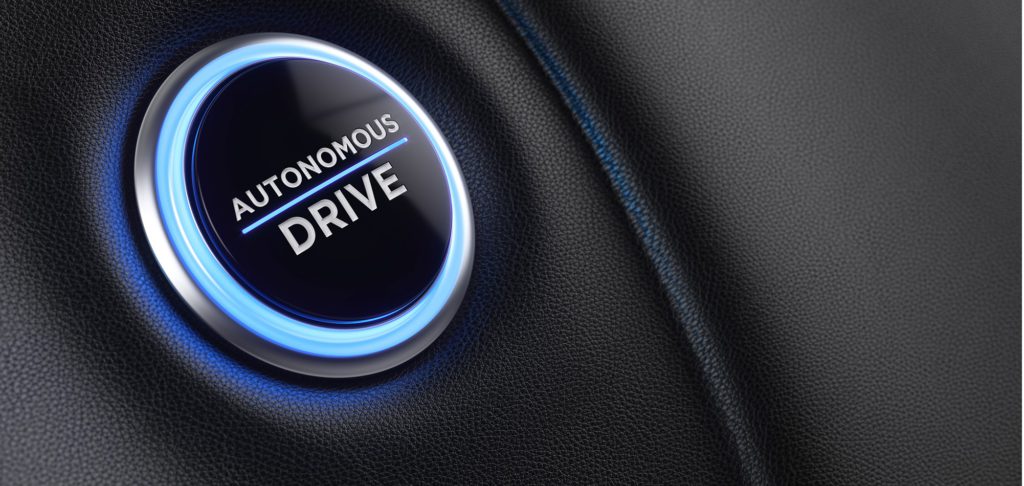Insurance stance on UK autonomous technology highlights issues
26 October 2020

26 October 2020
The Association of British Insurers (ABI), together with safety group Thatcham Research, has urged the UK government to revise plans to introduce Automated Lane Keeping Systems (ALKS) onto the country’s roads in 2021. This move could spark similar calls across Europe.
The groups’ fear that the technology will put road users’ lives at risk. So, they are calling for the government to work closely with the insurance and automotive industries to confirm such systems are safe to use, before giving their introduction the green light.
The concerns are raised as both the functionality of ALKS technology and the regulations under which they will operate will mean that they cannot replicate what a competent and engaged human driver can do. In the opinion of Thatcham Research and the ABI, these systems are not safe enough to be classified as ′Automated Driving’.
But the government could still allow ALKS to be the first Automated Driving technology on UK motorways up to speeds of 70 mph from the Spring – pending the results of a safety consultation that ends on 27 October.
Driverless position
In June, the United Nations announced some 60 countries had reached a mobility milestone. These nations agreed to adopt the first binding international regulation on Level 3 vehicle automation. Entering into force in January 2021, it will apply to ALKS in passenger cars and sets out performance-based requirements that must be met by manufacturers before ALKS-equipped vehicles can be sold within the countries. For example, under the regulation, non-essential displays will need to be automatically suspended when the driver has to take back control.
Should ALKS be introduced next year, it will mark the first time a driver can legally take their hands off the steering wheel and their eyes off the road, and committing their safety solely to the vehicle and its on-board sensors. However, the issue surrounds the limitations of current technology. With ALKS largely based around current assisted driving technology, drivers must remain alert and ready to take control at all times.
′Automated vehicle technology has the potential to transform the way we travel,’ commented Grant Shapps, secretary of state for transport. ′It could improve connections for rural communities, help deliver essential goods to people’s doors, and give everyone better access to education, to work or simply allow them to see friends and family more often. It could also make our roads safer. In 2018, 85% of road collisions in Great Britain that resulted in injury involved human error. Automated vehicles could reduce these errors as they will not get tired or distracted.’
According to Thatcham Research, the sensors contained within today’s assisted driving technology can only interpret up to around 120 metres. At motorway speeds, that distance allows only four-seconds to take back control and avoid an incident.
But current studies suggest a driver needs more than 15-seconds to properly engage and react appropriately to a hazard, around 500 metres more required distance than current technology provides.
′The Government’s plan threatens road safety,’ Matthew Avery, Thatcham Research director of research explained. ′Motorists could feasibly watch television in their car from early next year because they believe their Automated Lane Keeping System can be completely trusted to do the job of a human driver.
′But that’s not the reality. The limitations of the technology mean it should be classified as ′assisted driving’ because the driver must be engaged, ready to take over.’
Inconsistent response
Thatcham Research has identified several scenarios where ALKS will not respond in the same manner and time as a human driver. These include:
- Debris in the carriageway – sensors may not recognise a flat or small but potentially dangerous piece of debris in the road.
- Pedestrian carriageway encroachment – the system will not allow a vehicle to move out of a lane, which could be dangerous if a driver or passenger emerges from a broken-down car. In contrast, a driver will be able to slow and move around them.
- Closed lanes – ALKS may not detect the red X signifying a closed motorway lane and continue into a potentially dangerous situation.